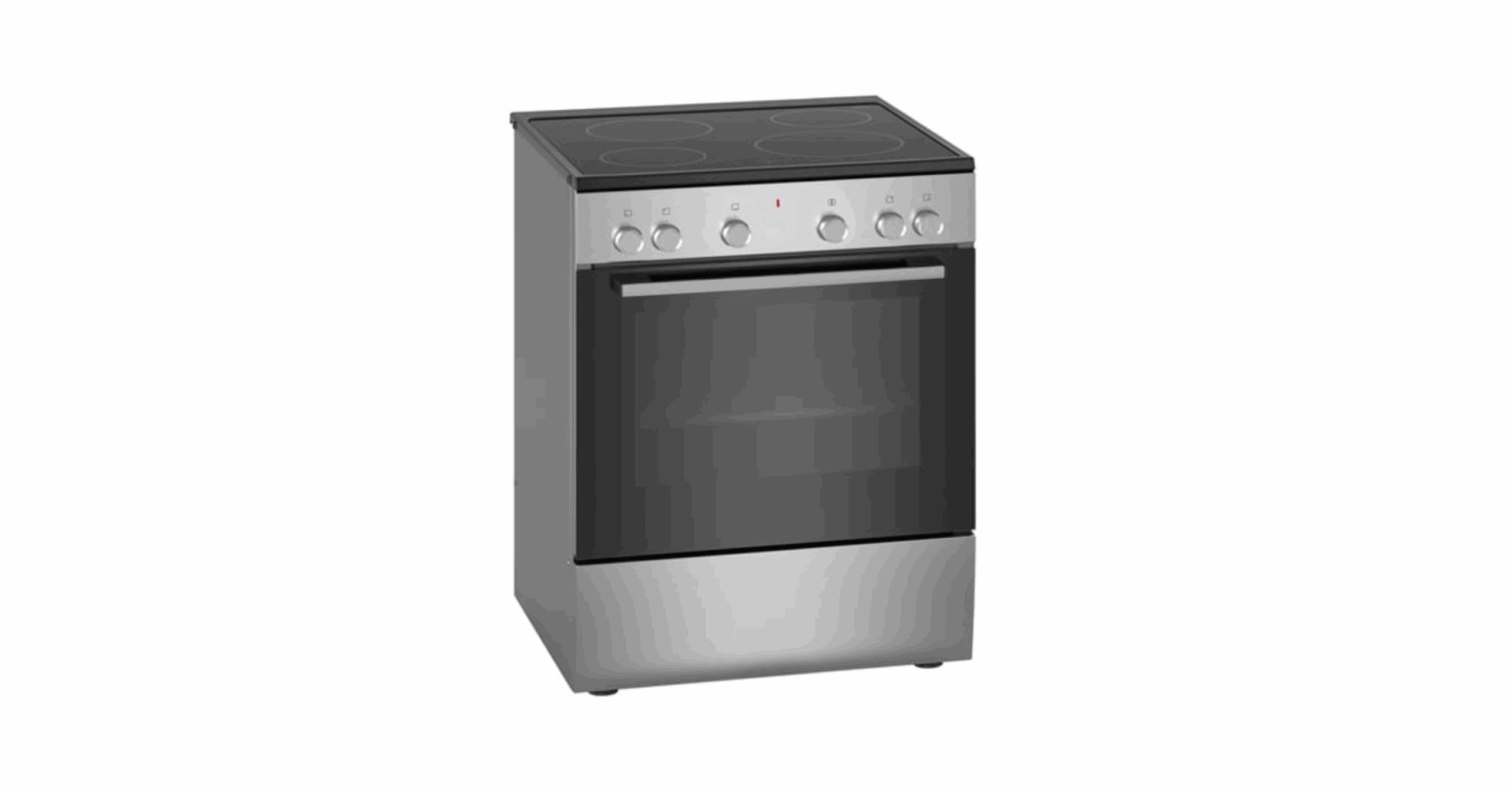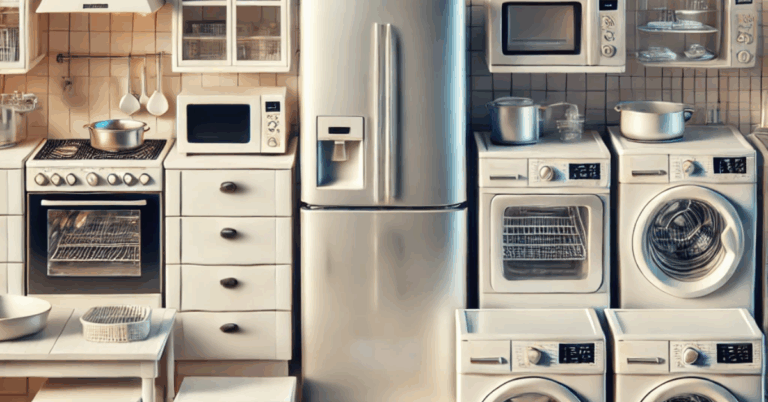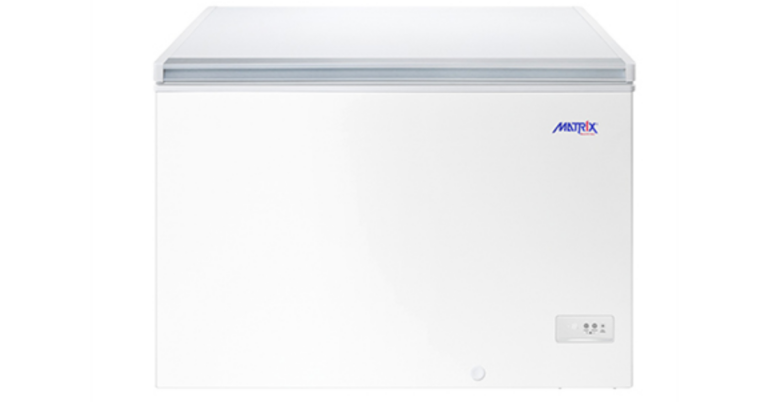The Essential Role of the Marine 4‑Hot Plate Cooking Range in Modern Maritime Kitchens
In the demanding and often unpredictable environment of the open sea, efficient and reliable kitchen equipment is crucial to ensure that meals are prepared safely and effectively. Among the most vital components of a marine galley is the Marine 4‑Hot Plate Cooking Range This specialized appliance is designed specifically to withstand maritime conditions while offering robust performance for large-scale food preparation. Whether aboard a commercial cargo ship, a luxury cruise liner, or a naval vessel, the 4-hot plate range is a cornerstone of the galley, ensuring that meals are delivered hot, timely, and consistently—even in rough seas.
The Unique Demands of Marine Galleys
Marine kitchens, or galleys, present a distinct set of challenges not typically encountered in land-based food service operations. Space is often at a premium, making compact and multifunctional appliances a necessity. In addition, all equipment must be designed to resist corrosion from salt air and to remain securely in place during high seas and inclement weather.
The Marine 4‑Hot Plate Cooking Range addresses these demands by offering a balance of power, efficiency, and compact design. Built specifically for maritime use, it can handle the rigorous workload of preparing food for dozens—or even hundreds—of crew and passengers without sacrificing performance or safety.
Key Features of the Marine 4‑Hot Plate Cooking Range
What sets the Marine 4‑Hot Plate Cooking Range apart from its land-based counterparts is its engineering and construction. Typically crafted from marine-grade stainless steel, these cooking ranges are resistant to rust and wear, which is essential in the moisture-rich environment of a ship’s galley.
Here are some standout features that make this equipment indispensable:
-
Compact Design with Maximum Output: Despite their relatively small footprint, these units pack four independently operated hot plates, enabling chefs to prepare multiple dishes simultaneously without cross-contamination.
-
Non-slip Mounting and Secured Operation: Safety is paramount in marine operations. These cooking ranges come with built-in safety latches, gimbal mounts, and other stabilization features to ensure they stay fixed during sudden movements of the vessel.
-
Efficient Energy Consumption: Often connected to the ship’s centralized electric or power supply system, these ranges are designed for energy efficiency, crucial for conserving fuel and reducing the vessel’s carbon footprint.
-
Ease of Maintenance: Given the limited crew sizes and maintenance staff on most ships, the ease of cleaning and servicing is a major advantage. Smooth surfaces and modular parts mean that repairs and upkeep can be performed quickly with minimal disruption.
Applications Across Marine Sectors
The versatility of the Marine 4‑Hot Plate Cooking Range allows it to be used in a wide array of marine sectors. On luxury cruise ships, chefs rely on them to create gourmet meals for hundreds of passengers every day. On cargo vessels and tankers, they are essential for feeding a rotating crew with hot, nutritious meals that boost morale and energy. Even on naval and coast guard vessels, where space and reliability are paramount, these ranges serve as the backbone of culinary operations.
Because of their reliability and adaptability, these cooking ranges are not only used in the main galley but often appear in auxiliary kitchens or officer mess areas as well. Their ability to operate efficiently under pressure makes them suitable for both everyday use and emergency preparedness.
Benefits to Marine Operations
In the broader context of marine operations, the Marine 4‑Hot Plate Cooking Range contributes to both logistical efficiency and crew welfare. By ensuring that hot meals can be prepared consistently, regardless of sea conditions, it helps reduce fatigue and maintain a high standard of living on board. Well-fed crews are more alert, more productive, and better able to handle the stresses of life at sea.
Furthermore, by using standardized and durable cooking appliances like the 4-hot plate range, fleet operators can streamline their equipment maintenance protocols. Spare parts are easier to source, and crew training becomes more consistent, which in turn reduces the risk of equipment misuse or failure.
Considerations When Choosing a Marine Cooking Range
Not all cooking ranges are built alike, and for maritime use, the selection process must take into account several critical factors. The durability of materials, energy efficiency, safety mechanisms, and ease of use all play a role in the decision-making process. It is also important to choose equipment that complies with marine safety and operational standards such as SOLAS (Safety of Life at Sea) and IMO (International Maritime Organization) regulations.
When sourcing a Marine 4‑Hot Plate Cooking Range, it’s recommended to work with a supplier who specializes in marine galley equipment. These providers understand the unique requirements of ships and can ensure compatibility with other kitchen components and onboard systems.
Future Trends and Innovations
As maritime industries continue to modernize, we can expect further innovations in cooking equipment to improve energy efficiency, automation, and connectivity. Future models of the Marine 4-hot plate range may include digital temperature controls, IoT integration for remote monitoring, and advanced insulation for better energy conservation.
Sustainability is also playing a bigger role. Manufacturers are now focusing on reducing environmental impact by using recyclable materials and designing products that consume less power. Given that ships are under increasing pressure to reduce emissions and comply with green shipping regulations, every appliance on board must contribute to this goal.
Final Thoughts
The Marine 4‑Hot Plate Cooking Range is far more than just a simple kitchen appliance. It is a critical part of the marine ecosystem that supports crew health, operational efficiency, and safety at sea. Its rugged construction, compact footprint, and reliable performance make it an ideal solution for galleys operating in one of the most challenging environments on Earth.
By understanding the value and function of this piece of equipment, marine operators, shipbuilders, and procurement officers can make informed decisions that enhance both the operational effectiveness and onboard quality of life for all maritime personnel.




